In the fall of 2009, I taught a graduate seminar entitled “Walt Whitman: The Global Perspective”, as a Fulbright Fellow at the University of Novi Sad, Serbia. Though the University of Novi Sad had not offered a graduate seminar in poetry—much less Walt Whitman— since anyone could remember, despite the generally felt “don’t ask, don’t tell” policy on sexuality and skepticism regarding American propagandistic voices (like our dear Walt’s), I was granted approval to offer a course focusing on the radical, revolutionary poetics of the 1860 edition of Leaves of Grass. Serbia is just emerging from decades of corrupt dictatorship, violence, and insularity, and proved to be an exciting testing-ground for my personal theories regarding ‘the measure of his song.’ And my small but fierce band of Whitmaniacs did not disappoint me: they participated fully and wholeheartedly, reading avidly in the new “Whitman Collection” I donated to their library (with the help of many generous individuals and corporations, including Barnes & Noble, the Library of America, Recorded Books, the University of Iowa Press and my own NYU), fearlessly discussing Whitman’s boundary-breaking poems and surprising themselves with how gracefully they too could break down long-standing walls. For their final project, I required them to select a “Calamus” poem for close study and translation into Serbian. As an illustration of how they responded, consider that three of the six chose “Calamus 9”, a subtle and daring self-analysis by any country’s standards, and one of the poems not yet translated into Serbian.
My participation in the NEH-funded “Looking for Whitman” project enabled me to introduce my Serbian students to Whitman as a poet of global reputation and application, and also connected them to other students in Whitman seminars across the US. Grant funds provided for the introduction of new technologies in our classroom, ensuring that each student would have access to a Flipcam as well as a specially trained assistant (our own beloved Dragan Babic, a senior at the University of Novi Sad). As a way of encouraging their use of these resources as well as their creativity, I asked each student to design a “cinepoem” that would both verbally and visually represent the translation he or she had composed as part of their final project. Though all of them worked through frequent internet outages, some were subject to the availability of public computers, and none of them had ever seen a Flipcam before, they each mastered the technology and produced surprisingly professional—and moving—short films. All of their efforts are viewable on our “Video Map” at http://unovisad.lookingforwhitman.org.
Each of these videos is quite different in style and tone, though they all seem to combine the makers’ deep-rooted love of their country with their new passion for Whitman. Neda found new freedom of expression in the video mode, as her provocative (even sexy) interpretation of “Calamus 11” demonstrates. Josip kept the imagery simple and straightforward, preferring to let his translation of “Calamus 6” speak for itself. Sanja’s visual interpretation of “Calamus 9” invites contemplation, while Bojana’s setting of the same poem is a Whitmanic celebration of Belgrade, her beloved hometown. Indira’s translation of “Calamus 22” is recited by a wonderful collective of Serbs young and old (including her toothless grandfather), creating a video montage of overwhelming emotional impact. And Elma, a resident of beautiful war-torn Sarajevo who commuted seven hours to our class each week, offered a powerful raison d’etre for poetry: it keeps us burning. Images of Sarajevo’s “eternal flame” segue to Elma’s candlelit reading of “Calamus 9.”
Can poetry matter? As part of their final project, I asked my students to respond to Dana Gioia’s controversial 1992 essay. Each of the recent poetry converts gave a well-reasoned and enthusiastic affirmative response, and I found myself happily nodding along with them. Poetry really does matter, as I witnessed firsthand bringing Walt Whitman to Serbia. He sounds as true, beautiful, and useful in the Balkans as he does on my own Brooklyn Bridge. Walt, wherever you are, it must do your heart good to know that we’re all still listening, still learning.
You, where you are!
You daughter or son of England!
You of the mighty Slavic tribes and empires! You Russ in Russia!…
All you continents of Asia, Africa, Europe, Australia, indifferent of place!
All you on the numberless islands of the archipelagoes of the sea!
And you of centuries hence, when you listen to me!
And you, each and everywhere, whom I specify not, but include just the same!
Health to you! Good will to you all—from me and America sent,
For we acknowledge you all and each.
(from “Salut Au Monde!”, 1860)
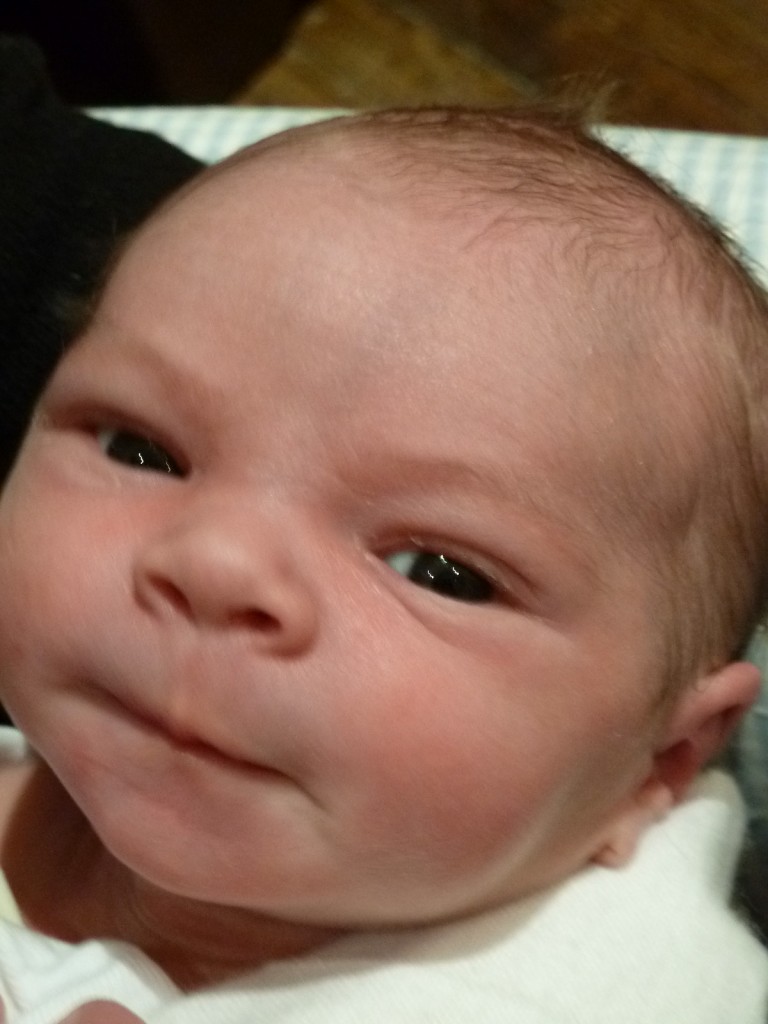
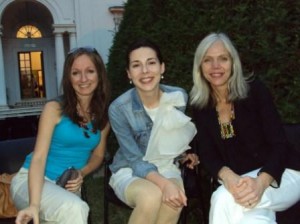
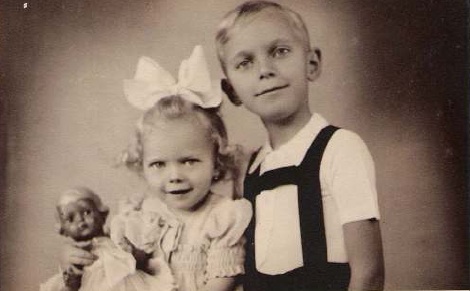
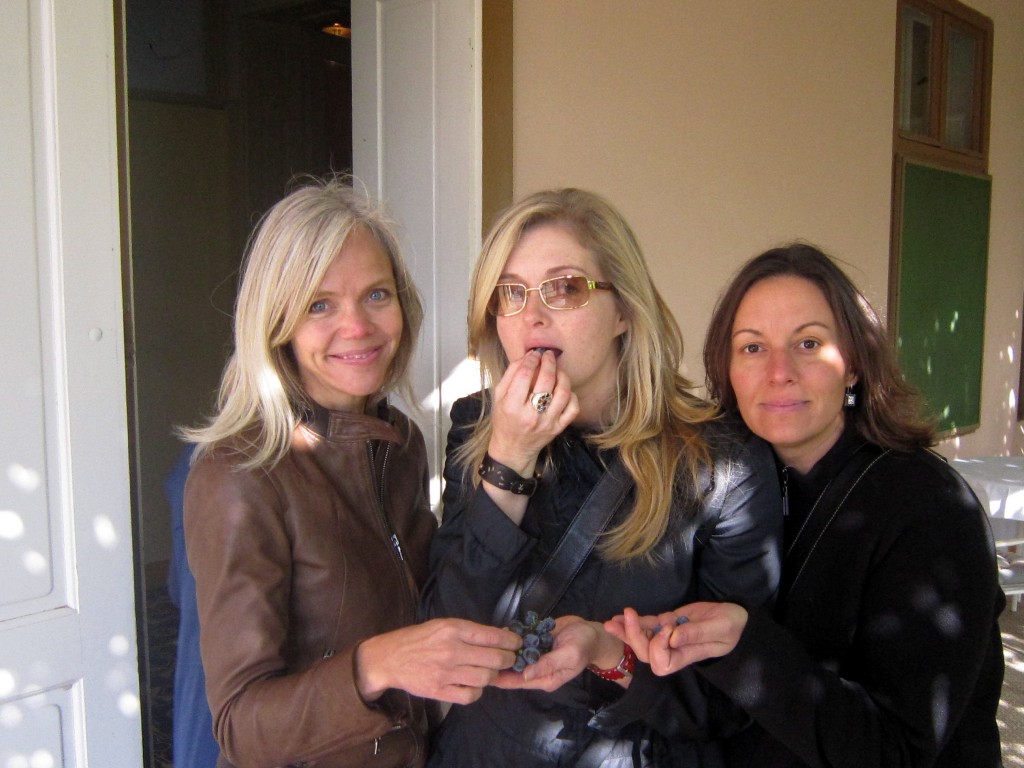
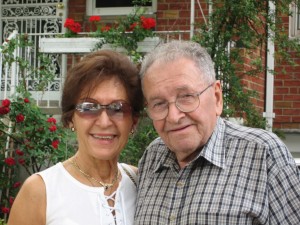

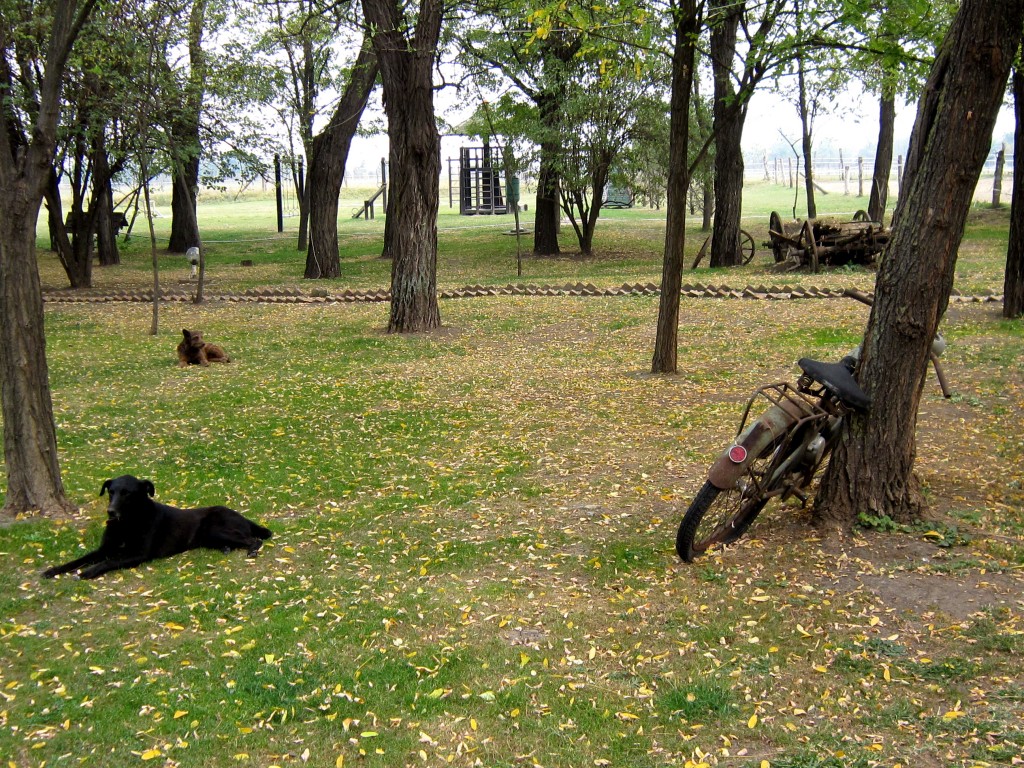




 Most of these buildings were constructed while the city was under Austro-Hungarian rule in the eigthteenth and nineteenth centuries. Established in 1694, obtaining its present name and status as a free royal city in 1748, Novi Sad soon became the cultural and economic center of the region. The first grammar school opened in 1791 (a good 30 years before Brooklyn’s P.S.1!), the Serbian National Theatre was founded here in 1861; Matica Srpska (a time-honored cultural institution and the center for the study of Serbian language, literature, and philosophy) moved here in 1864. Even after being attacked by everyone from the Turks to the Russians to Hungarian Fascists, even after NATO bombardment left Novi Sad without bridges, communication, and a water supply for months in 1999, the center city is charming, elegant, and welcoming.
Most of these buildings were constructed while the city was under Austro-Hungarian rule in the eigthteenth and nineteenth centuries. Established in 1694, obtaining its present name and status as a free royal city in 1748, Novi Sad soon became the cultural and economic center of the region. The first grammar school opened in 1791 (a good 30 years before Brooklyn’s P.S.1!), the Serbian National Theatre was founded here in 1861; Matica Srpska (a time-honored cultural institution and the center for the study of Serbian language, literature, and philosophy) moved here in 1864. Even after being attacked by everyone from the Turks to the Russians to Hungarian Fascists, even after NATO bombardment left Novi Sad without bridges, communication, and a water supply for months in 1999, the center city is charming, elegant, and welcoming.